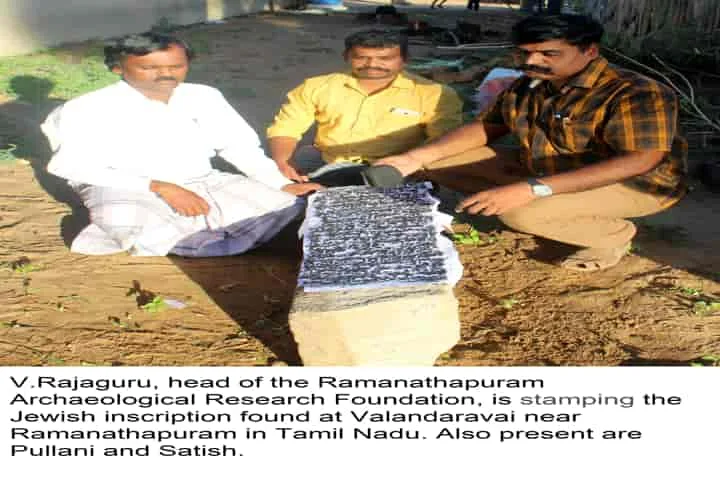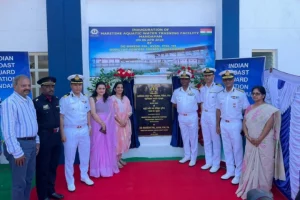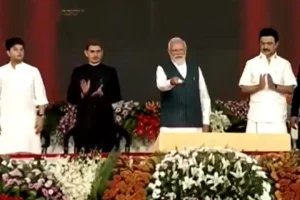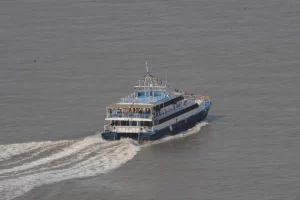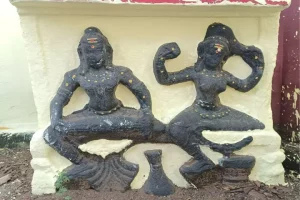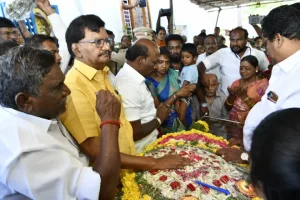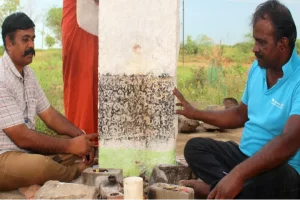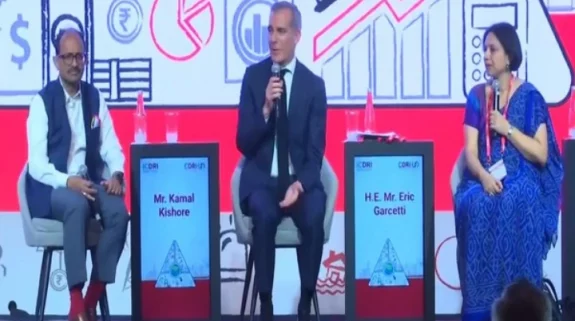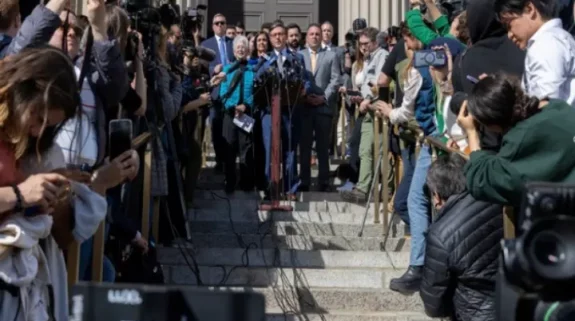A 13th Century inscription in Tamil engraved on a stone pillar at Valantharavai village throws light on worship of three Abrahamic faiths–Judaism, Islam and Christianity–at Periyapattinam in Tamil Nadu.
V. Rajaguru, the President of Ramanathapuram Archaeological Research Foundation RARF, which discovered the inscription says that the inscription on the stone block can be dated between 1200 to 1250 AD.
The stone pillar is three feet long and one foot wide and inscriptions were engraved on all four sides. There are 21 lines on one side, and on the other two there are 14 and 15 lines while the engraving on the fourth has disappeared. In all there are 50 lines.

Interestingly, nearly 80 years ago this stone pillar along with beach rock stones from Periyapattinam were brought to Valantharavai for construction of a well. The stone pillar was not used and it was later made use of to wash clothes.
Rajaguru said the places of worship mentioned in the inscription are Suthapalli, Tharisapalli and Pizharpalli – all of which were present in Periyapattinam. It may be noted that places of worship other than the Saiva and Vaishnava temples are called pallis.
Suthapalli is a Jewish worship place and this was built for the Jews by the trade guild of Ainutruvar. It may be recalled that the Archaeological Survey of India had discovered an epitaph of a Jewish woman named Mariam at Periyapattinam in 1946-47.
Tharisapalli which finds mention in the Kottayam copper plates of Kerala is a Syrian Christian church. This too is mentioned in the Valantharavai inscription.
Pizharpalli which is an Islamic worship place also finds mention in the stone pillar. According to Rajaguru this probably refers to the Jalal Jamal Mosque at Periyapattinam which was built of beach rocks in the 13th Century AD architectural style with square pillars.
The inscription besides these places of worship also mentions Srichola peruntheru, a street where Chola traders stayed at Periyapattinam and Nalu Natani Sona sandhi which was a meeting place for Nanadesi traders there.
Apart from this, places and gardens belonging to the trade guilds are also engraved and so are estates of some of the landowning people of the area.






